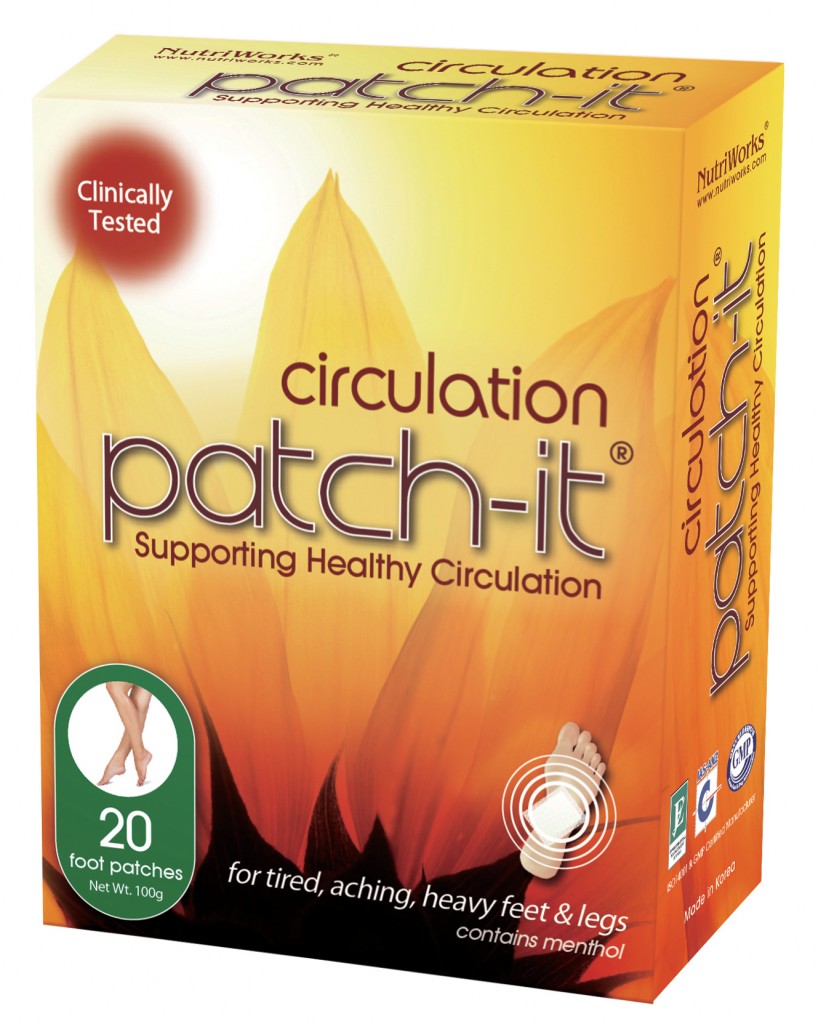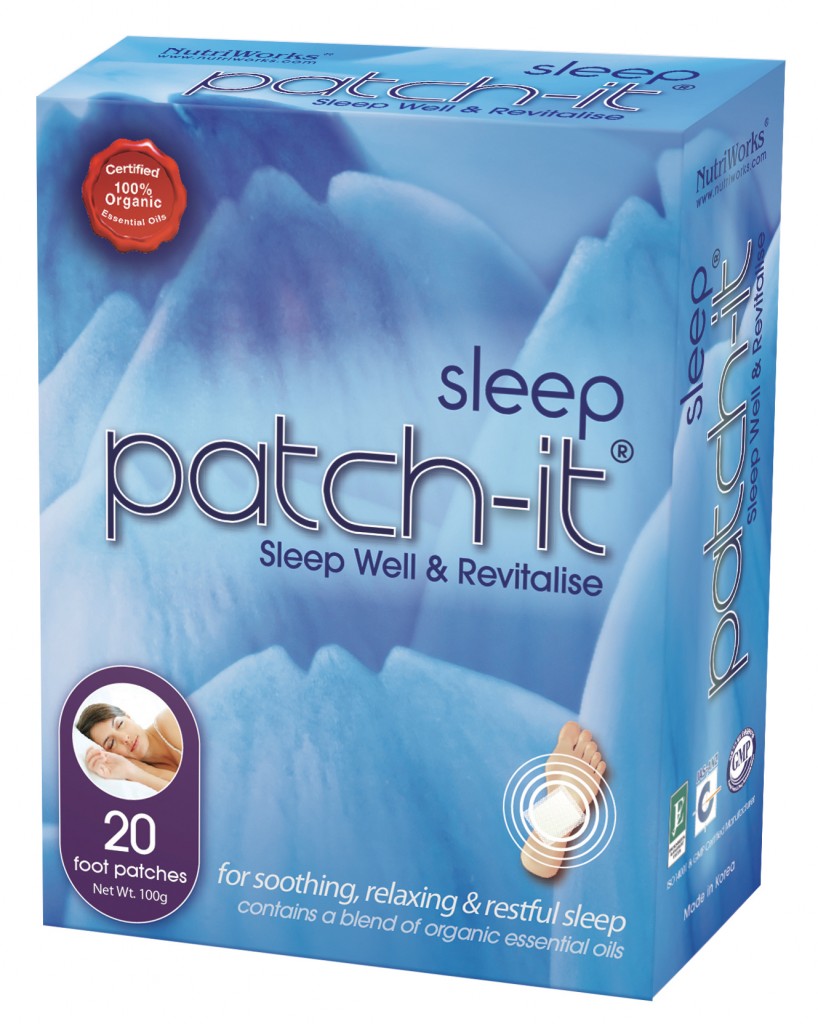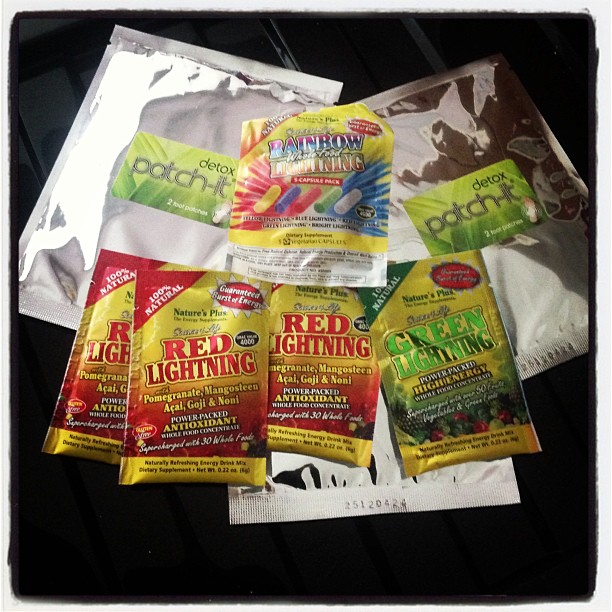Trying to get fit and healthy? Let Frost help you with our top health and beauty buys for August.
Lunaling Hotpants
This UK based company sell capri pants which make weight loss 4X greater. Lunaling increase the core body temperature by an average of 18% more than the control garment, which leads to an increase in metabolism.
Tested on 9 women with an average BMI of 23.3. All test subjects performed 30 minutes of exercise in Lunaling as well as in a standard control garment.
Lunaling was tested at a top UK university’s physiology laboratories. Researchers monitored a pool of women who wore Lunaling and then standard exercise clothes to gauge their physiological responses before, during, and after a 30-minute exercise session.
The researchers calculated the women’s weight loss, core/skin temperatures, and energy expenditure. The women exercised at a level that matched the average gym goer’s reasonably demanding – but not too intense – training.
We have tried them and they really work.
http://www.lunaling.com/.
Patch-It
I have tried all of the different type of Patch-it now. The Circulation Patch-it really feels like it is working and changes the temperature in the lower part of your body. I love them and they have menthol in which is know to be benefical to health circulation. They definitely made a difference to my legs. If you exercise or walk/run a lot these help your aching and swollen limbs. These foot patches support healthy blood flow and reduce swelling by up to 53%, as well as minimising any numbness or discomfort.


The Sleep Patch-it resulted in three days good sleep. Could be a coincidence but I really think not. The patches stay on well and come of easily, there are not painful like plasters.
The plaster style reflexology patches which you place on the soles of your feet before bed to soothe, calm and relax the body and mind. This means there is no need for restless nights and the consequent cravings for sugar loaded snacks the following day.
The patches deliver FAR-infrared energy (the same energy waves emitted by the sun) that stimulate key reflexology points on the feet. Additionally, each patch contains 100% certified organic essential oils including Lavender to calm, Sage to balance, Bergamot to relax and Ylang Ylang to comfort.
Detox Patch-it. You can also see all of the toxins come out of the foot when you take it off in the morning. Yuk but satisfying to see the results of the detox. We love these and I really think they work.
Detox Patch-It, Circulation Patch-It and Sleep Patch-it is available from Holland & Barrett stores nationwide. £3.99 for 2 patches or £29.99 for 20 patches.

Detox Power Yoga DVD
It is always great to shake up your workout and we loved this detox power yoga with Andrea Kubasch. It is a five day detox programme and after we finished we felt amazing and rejuvenated. The DVD breaks down into the following workouts.
1) Detox Cleanse (13 mins)
Get fired up with this weekly foundation practice that uses variations of standing Sun Salutations. Burn calories, tone your body, and improve endurance and stamina.
2) Detox Core (10 mins)
Turn up the heat with this extraordinarily deep abdominal exercise. Awaken sluggish organs, stretch scar tissue and fuel the fire.
3) Detox Flow (13 mins)
This calorie blasting, higher intensity practice will help you create a sleek, firm, flexible and strong body while also removing tension through breath, movement and meditation in motion.
4) Detox Shine (12 mins)
Feel alert, energised and revitalised; relax the body and clarify your mind; and enjoy the results coming out of the week with this soothing and calming practice.
5) Detox Yoga Nidra – Deep Sleep (12 mins)
Guided relaxation: A program used after each practice, which can also be done on its own.
A brilliant workout DVD. Especially good if you do not have a lot of time. Andrea Detox Flow Yoga DVD is available here Gaiam Detox Power Yoga and we highly recommend it.

Start your day with a Nature’s Plus Red Lightning powder sachet and feel electric. Each sachet is packed with over thirty whole food extracts including cranberry and pomegranate, giving it an antioxidant punch, perfect for curing those sore alcohol induced heads. It’s the perfect way to start your festival day! We also tried the Green Lightening and Rainbow Lightening and we felt incredibly healthy and energetic. Great for a pick me up or an especially challenging day – or day after.
Ateronon
Our writer has been taken these for a while and looks years younger. If you have not heard of it you will soon, these little pills are great.
Key information:
- Found in tomatoes and red fruits, lycopene benefits the skin, promoting firmness and elasticity.
- A recent study found people who had a lycopene rich diet had higher levels of carotenoids, strong antioxidants that help reduce inflammation and can have a positive effect on ageing skin.
- Lycopene contributes to protecting your retinas from sun damage, which can lead to a gradual loss of vision over time. It can also help to block some ultraviolet rays.
- Ateronon is the only supplement that has been proven to increase lycopene levels in the body with daily use.
- One-a-day food supplement, Ateronon, is the only LactoLycopene supplement on the market. LactoLycopene is a patented ingredient, which allows lycopene to be absorbed into the blood.
- One Ateronon capsule is the equivalent to eating one kilo of tomatoes cooked in olive oil every day.
- Ateronon has been shown in studies to increase the flexibility of arteries by 53%, allowing better blood flow around the body.
- Ateronon is priced from £23.99 per box of 30 capsules.
- Ateronon is available here.


Deep Relief
Brilliant for anyone suffering from back pain. Just rub this Deep Relief  in and the pain is bearable. This stuff really worked on my back pain. No need to grin and bear it as so many other people do, see below.
in and the pain is bearable. This stuff really worked on my back pain. No need to grin and bear it as so many other people do, see below.
A grim portrait of pain has been revealed by a new study for Deep Relief, a topical, clinically proven analgesic gel which uses both analgesic ibuprofen and counter-stimulant levomenthol to deliver a dual attack on pain to provide, effective pain relief.
In this survey of 1000 adults, almost half (43%) said they were blighted by pain on a daily basis. A similar proportion (45%) reported living with pain for more than five years. The back is the number one sore spot with more than half of pain sufferers reporting the lower back to be the main source of discomfort. The neck and shoulders come a close second affecting two out of five (42%) people.
Commenting on this latest pain data, Dr Sarah Brewer a media GP notes: “Worryingly, this new Deep Relief report revealed that three out of five (60%) who suffer regular aches and pains put their health at risk because they rely on oral pain-relief pills. Long term use of oral painkillers such as aspirin and ibuprofen has been linked with a corrosive effect on the digestive system and long term use of ibuprofen and diclofenac at high doses have been linked to an increased risk of heart attack.It is estimated that this family of medicines, known as non-steroidal anti-inflammatory drugs or NSAIDs, is responsible for 2,600 deaths a year and 12,000 hospital admissions out of 25 million prescriptions not to mention the number of people that buy NSAIDs Over The Counter.
GRIN AND BEAR
A staggering one in two people (48%) simply ‘grin and bear pain’. Standing for long periods (41%), household chores (40%) and sitting at a desk for long periods (33%) all aggravate discomfort and a third (32%) report that cold weather makes their pain worse.
Nagging pain can also have a huge emotional impact, with a third (29%) admitting they get upset because it restricts their activities and the same number complaining they are constantly exhausted.
“This can become a vicious cycle as there is evidence to show that low mood lowers our pain threshold and depression increases our sensitivity to pain, which makes it feel worse.” Dr Sarah Brewer
Dr Brewer adds: “The survey found that pain also prevented one in four respondents from exercising, which may exacerbate this downward spiral. In fact, we know that exercise releases mood-boosting endorphins, so remaining as active as possible is an important part of pain control in long-term conditions such as arthritis.”
Using an effective topical pain relief product such as Deep Relief gel can help maintain mobility and prevent pain from undermining the ability to enjoy daily life.
In summary, Dr Brewer notes: “This survey also found that two out of five (38%) people had not discussed their pain problems with their GP or a pharmacist and as a result many may be unaware of the risks associated with oral painkillers, and the potential for interactions with other medicines such as blood-thinning drugs. A number of studies have linked the long-term use of NSAIDs to serious side-effects and these medicines must be treated with respect. Sadly, almost one third (31%) of respondents in the Deep Relief survey believed there is nothing they can do to prevent pain.
Overall this survey paints a grim picture of debilitating pain in a significant proportion of the UK population together with a worrying lack of knowledge on how to treat it.”
However, the good news is that Deep Relief is a topical analgesic gel which uses two weapons to help fight pain – analgesic ibuprofen and counter-irritant levomenthol — to deliver a dual attack on pain which has been clinically proven to provide, effective relief.
The ibuprofen reduces pain by damping down inflammation and swelling while the levomenthol provides a counter-irritant effect which delivers cooling pain relief.
“And the synergistic action of these two key ingredients enhances penetration of the ibuprofen suggesting that Deep Relief may deliver more analgesia than products containing ibuprofen alone.
Deep Relief has been subjected to a randomised, double-blind placebo controlled trial — the toughest scientific test there is — and is proven to significantly reduce pain in walking, standing and at rest.
So if you suffer from muscular mild to moderate pain niggles opt for a topical pain relieving gel like Deep Relief gel. However, if the pain becomes severe or worsens, always seek GP advice immediately.
LEVOMENTHOL NO LONGER A MYSTERY
Menthol has been used to relieve aches and pains for centuries but it is only recently that scientists have begun to understand how it works.
Messages to the brain are relayed via a system of transient receptor potential (TRP) ion channels which act as gateways on cells and allow electrical signals to pass back and forth.
A 2007 study at the University of California confirmed that one of these TRP ion channels — known as TRPM8 — is not only essential to signal the sensation of cold, but also responds to menthol. This means at a cellular level these chemical messengers cannot tell the difference between something which is physically cold and the menthol-induced sensation of cold — so applying menthol activates the same pain-relieving response as an ice-pack and triggers a barrage of ‘it’s cold’ signals to the brain which compete with pain signals and dilute their message.
Another piece of the puzzle emerged last year in a study from researchers at the Research Center for Neurobiology and Neurophysiology at Aix-Marseilles University who suspected that menthol’s pain relieving properties went beyond this counter-irritant distraction.
Their laboratory tests confirmed that menthol also blocks at least three of the ion channels which relay the sensation of pain and they reported: “We found that low concentrations of menthol cause analgesia.
This shows that menthol works in two ways: by both blocking pain signals and by diluting the impact of those which get through to the brain.
Another advantage of adding menthol to a pain-relieving gel is that it aids the penetration of ibuprofen. In vitro studies show that when levomenthol — the type of menthol used in Deep Relief — is added to ibuprofen 2.6 times more analgesic is absorbed by the skin in the first hour and at ten hours the combination of ibuprofen and levomenthol delivers 1.4 times more analgesia than ibuprofen alone.
Deep Relief is the only topical NSAID to combine ibuprofen and levomenthol to provide this two-pronged approach to pain-relief.
All products available from Holland & Barrett, Amazon and Boots







